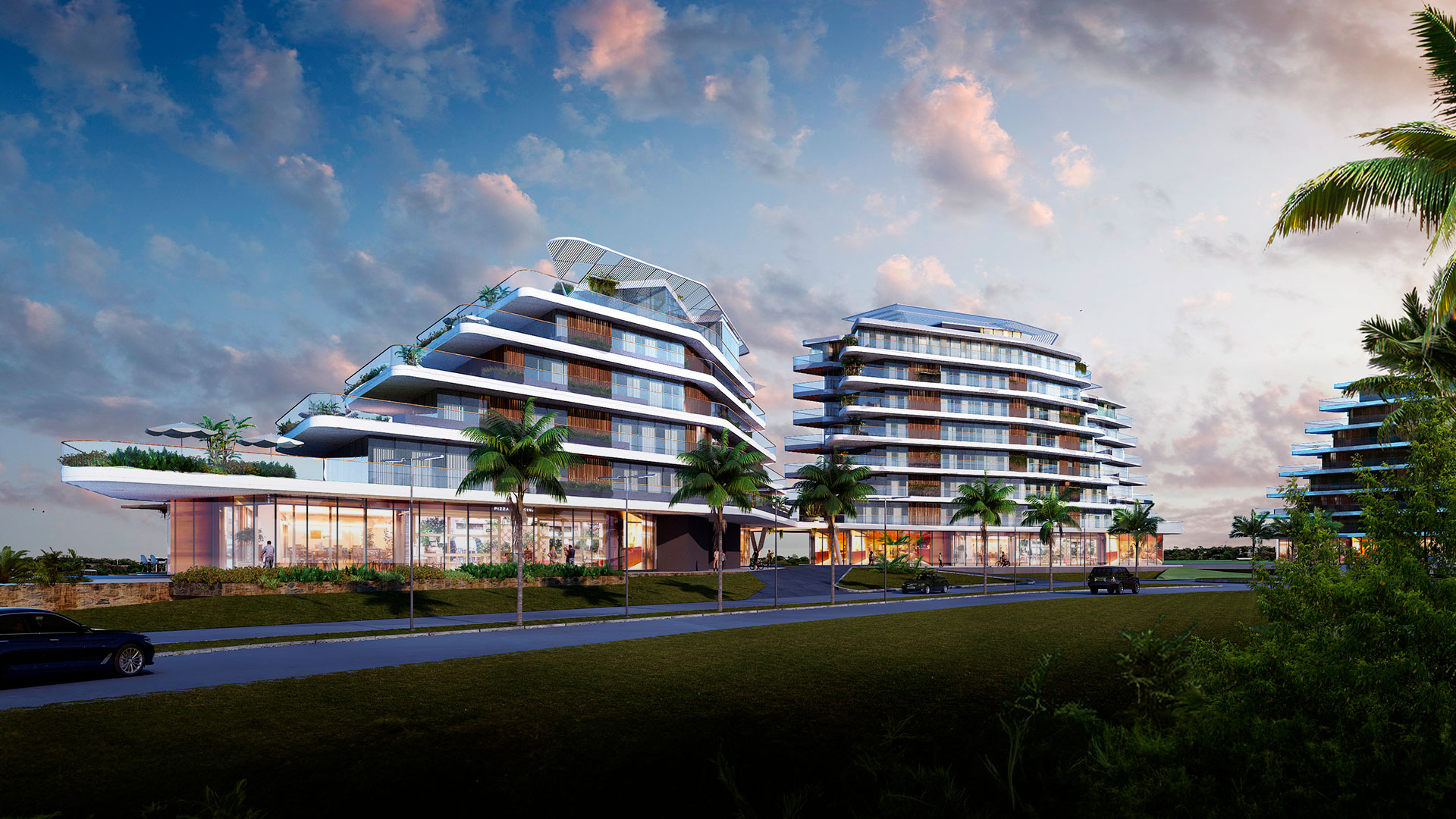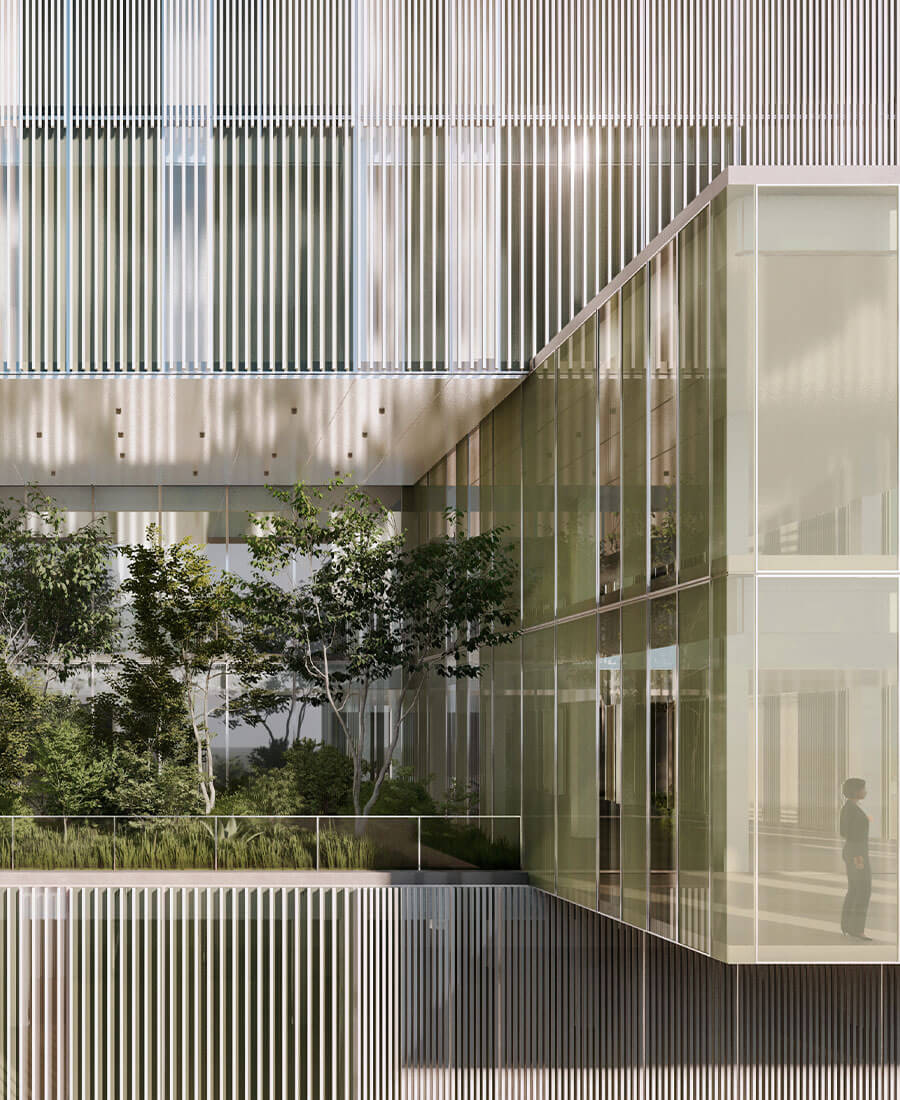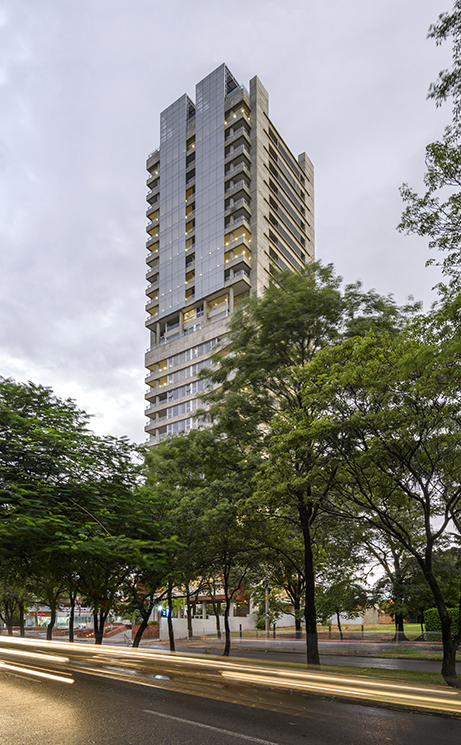

Reading time: 12 minutes
The "Build to Rent" model, originating in the United States around the 1940s, has paralleled the evolution of the real estate market, showcasing sustained growth. Understanding the burgeoning appeal and opportunities within this real estate niche requires an insight into the unique attributes that define these projects. The multifamily investment strategy is increasingly recognized as a lucrative avenue, driven by its potential to generate steady income streams from property rentals. This model's ascent is partially attributed to shifting living preferences, with a growing demand for personal and professional flexibility and mobility.
Amidst rising interest rates complicating homeownership for many, the multifamily model emerges as a viable alternative, particularly for those priced out of owning property. It not only broadens accessibility to a wider demographic but also aligns with the dynamic, ever-changing societal landscape. Furthermore, it presents a resilient and adaptable investment for both investors and residents, adeptly meeting current market demands.
This trend is evident in major North American cities like San Francisco, Boston, and Manhattan, New York, where multifamily developments are becoming the predominant housing construction. This article delves into the multifamily development boom, particularly spotlighting its significant potential within the American market. Through insights gathered from the latest Miami Business Tour, organized by SyG, we explore the multifamily evolution and its implications for the regional and international real estate sectors.
The Multifamily Model: A Paradigm of Potential
In an era of fluctuating interest rates, the real estate rental model emerges as a beacon for investors and developers, distinguished by its promise of long-term, consistent revenue streams, a stark contrast to the one-off financial gains of traditional property sales. This model also facilitates a collective asset exit strategy, enhancing its attractiveness. Developers find multifamily projects particularly appealing due to their favorable return rates, which bolster capital growth over short periods. This investment strategy not only promises a steady yield but also offers the flexibility of asset liquidation, thanks to the tangible nature of the investment.
Investors stepping into stabilized multifamily ventures gain from predictable cash flows, secured rental agreements, and assets backed by tangible property. This investment tier often attracts pension funds, insurance company asset managers, and financial portfolios, among others. For architects, the multifamily model poses both challenges and opportunities, demanding a meticulous balance between immediate requirements and long-term aspirations. The architectural design must maximize rentable space while ensuring sustainability and cost-effectiveness, thereby enhancing the asset's long-term operational viability.
The Florida Phenomenon
Florida's multifamily real estate market stands out for its vibrancy, driven by demographic growth, migratory trends, escalating rents, employment opportunities, and favorable tax policies. Insights from the Miami Business Tour, hosted by SYG, highlight the explosive growth of this development model in Florida. Data from Colliers shows a significant uptick in multifamily rental rates in Florida, outpacing the national average and underscoring the high demand versus supply imbalance. The state's low vacancy rates further illustrate a competitive market landscape, where demand outstrips supply, tipping the scales in favor of landlords.
Investment in Florida's multifamily properties is both robust and varied, attracting a global investor base. Developers are increasingly focusing on mixed-use projects that integrate living, working, and leisure spaces, alongside green and smart features to enhance sustainability and efficiency.
Globally, and particularly in the United States, the multifamily asset class has seen remarkable growth, a trend now gaining momentum in Latin America. Its risk-reward profile positions it as an attractive option for bolstering the real economy amidst market volatility. As a market ripe with promise and profitability, the multifamily sector is poised for continued expansion, both locally and internationally.






